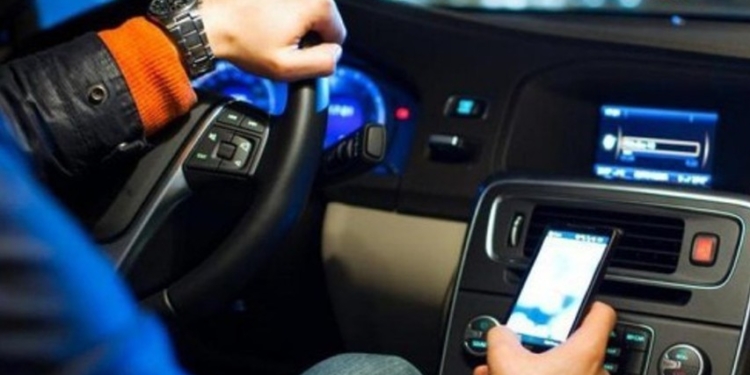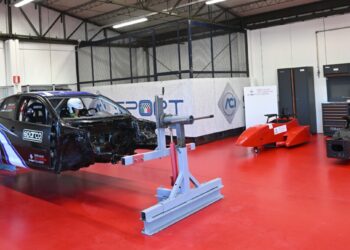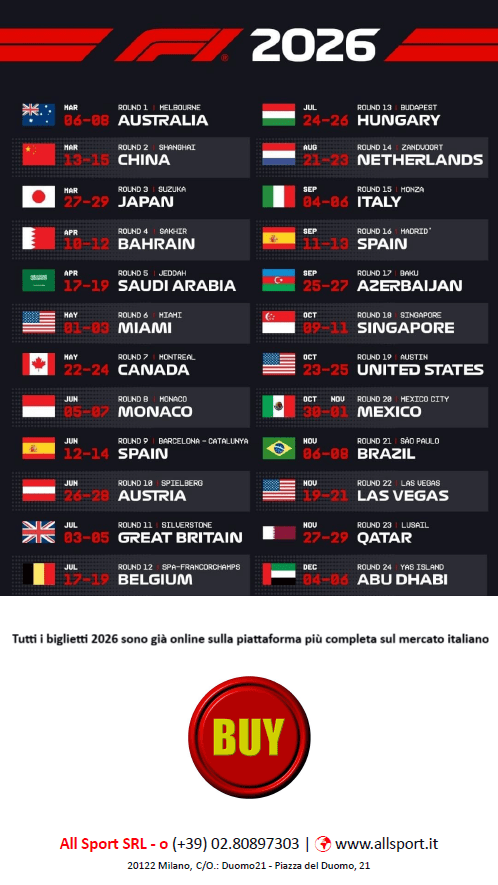Road safety charity IAM RoadSmart has renewed its calls for car makers and smartphone manufacturers to work with the government to develop a technological solution to distracted drivers – saying that simply hoping that drivers will ‘do the right thing’ is not enough. The call comes as Department of Transport Ministers plans to meet mobile phone manufacturers this month to hammer out proposals to tackle the growing issue of people interacting with their smartphones at the wheel. This is in addition to the government announcing last November that anyone caught using a hand-held mobile phone while at the wheel of a car would be fined £200 and receive six points on their licence – a doubling of the existing penalty (reference 1).
 The issue was brought into sharp focus with the jailing of Tomasz Kroker for 10 years in October 2016. Kroker killed a mother and three children in August when he was distracted by changing music on his smartphone and ploughed into a line of stationary traffic (reference 2) in his lorry. A toughening of the punishments for such offences is welcomed by those surveyed by IAM RoadSmart. The charity found 94% of those asked felt that drivers checking or updating social media was a threat to their personal safety (reference 3).
The issue was brought into sharp focus with the jailing of Tomasz Kroker for 10 years in October 2016. Kroker killed a mother and three children in August when he was distracted by changing music on his smartphone and ploughed into a line of stationary traffic (reference 2) in his lorry. A toughening of the punishments for such offences is welcomed by those surveyed by IAM RoadSmart. The charity found 94% of those asked felt that drivers checking or updating social media was a threat to their personal safety (reference 3).
Neil Greig, director of policy and research at IAM RoadSmart, said the charity has been calling for a technological solution to a problem caused by technology itself for many years, and welcomed the government’s new industry initiative. Neil said: “It isn’t enough for the providers of this technology to simply say ‘it is up to the individual’. Every phone in use today already comes with a driving mode that can cut out calls, but they are very rarely used. This would suggest that ‘carrots or sticks’ may be needed to actually get people to use any new approach. Carrots could come in the form of incentives for companies to fit new apps  or to ensure their employees switch off on the go. For example, no government contracts unless you have a ‘no mobile phone use’ policy in place. Sticks could come in the form of new penalties, but also links to insurance so your level of cover is reduced if you don’t have the new app switched on when you have a crash. The actual detail of the new technology will have to be worked out. But with accurate GPS and more sensitive movement sensors in most phones, it should be possible to target the driver’s phone whilst still allowing the ever growing range of connected car services such as sat-nav and traffic/tourist information. Passengers should still have the ability to use phones as well. IAM RoadSmart also wants to see the wider issue of distracted driving by technology being taken on board by the industry. The modern dashboard contains a wealth of new services that may assist drivers but can also distract. A star rating system for in-car complexity would be a useful tool to alert drivers to the different ways they now need to interact with their car.”
or to ensure their employees switch off on the go. For example, no government contracts unless you have a ‘no mobile phone use’ policy in place. Sticks could come in the form of new penalties, but also links to insurance so your level of cover is reduced if you don’t have the new app switched on when you have a crash. The actual detail of the new technology will have to be worked out. But with accurate GPS and more sensitive movement sensors in most phones, it should be possible to target the driver’s phone whilst still allowing the ever growing range of connected car services such as sat-nav and traffic/tourist information. Passengers should still have the ability to use phones as well. IAM RoadSmart also wants to see the wider issue of distracted driving by technology being taken on board by the industry. The modern dashboard contains a wealth of new services that may assist drivers but can also distract. A star rating system for in-car complexity would be a useful tool to alert drivers to the different ways they now need to interact with their car.”
Redazione MotoriNoLimits




















